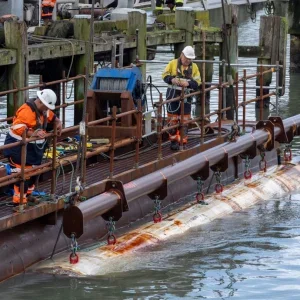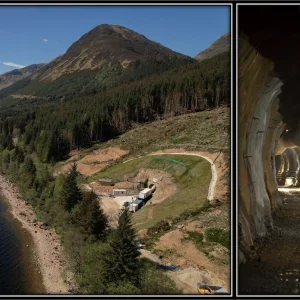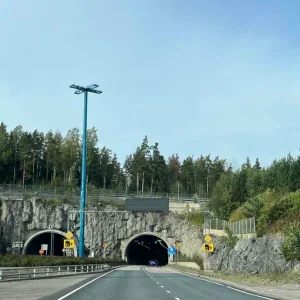Mexico City has recently embarked upon a massive infrastructure investment plan, which will see billions of dollars spent over the next five years on water and public transport projects. Shaft excavation works are due to commence this month for one of the largest of these projects, the $1.2 billion Emisor del Oriente tunnel.
This massive scheme, which will see six EPBMs bore a 38.5-mile (62km) long, 28.5ft (8.7m) o.d. wastewater tunnel and six new high-capacity wastewater treatment facilities, is being built by the National Water Commission (Conagua) with financing through the Mexican Federal District (FD) government, in order to halt the major water crisis in the city.
Over exploitation of aquifers (by an estimated 800%) to supply some 20 million inhabitants with fresh water, has lead to the slow ‘collapse’ of the Valley of Mexico, say officials, with some buildings having sunk by up to 33ft (10m) over the last century. With 40% of fresh water lost to leaks, and just 6% of wastewater recycled, drainage and water treatment is also a critical issue.
Due to the subsidence, the city’s gravity-fed sewer, the ‘Gran Canal’, has lost its natural slope. Authorities are currently forced to drain the bulk of city’s wastewater via the Emisor Central, a stormwater tunnel that was not designed to convey sewage – and as a result is now in desperate need of lining repair works.
TBM selection is currently ongoing, with an order having recently been placed with Herrenknecht for two EPBMs. A further four machine orders are yet to be placed.
The largest of the City’s FD funded public transport projects is the 15 mile (24km) long Metro Line 12, which will be constructed entirely underground in two stages, with service to 22 stations. The line has been awarded to the ICA consortium, which comprises Empresas ICA, Cicsa and Alstom SA, and will connect the districts of Tlahuac and Mixcoac in the southern area of the city,
The consortium placed an order with Robbins in July for a 30ft (9.29m) diameter EPBM that is scheduled to begin boring a 3.7 mile (6km) long section of tunnel through clay and sand, in fall 2009, for Stage 2 of the project. The line is due to be fully completed by the end of 2011.
Elsewhere in Mexico a number of drill and blast tunnels are underway, including: 56 tunnels (totaling 8.5-miles) for the Durango-Mazatlan highway project, a 1.2-mile (1.8km) long twin tube road tunnel under the “Cerro de la Silla” for the city of Monterrey, and a further 17 new highway tunnels in the state of Oaxaca. Numerous other tunnel projects will also shortly be published for bidding.
Map of Mexico City, showing the new Emisor Oriente tunnel







